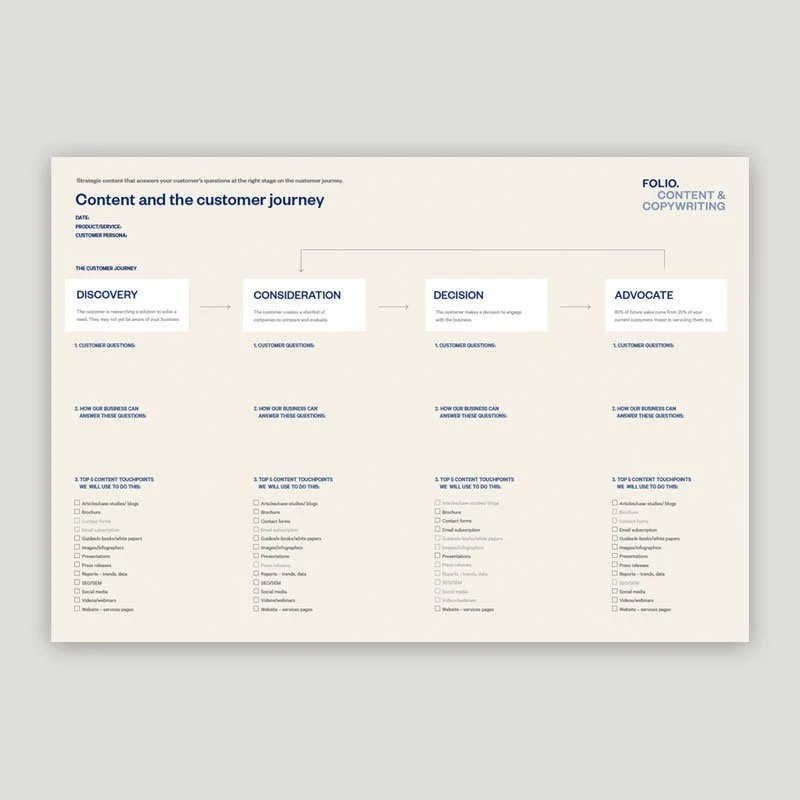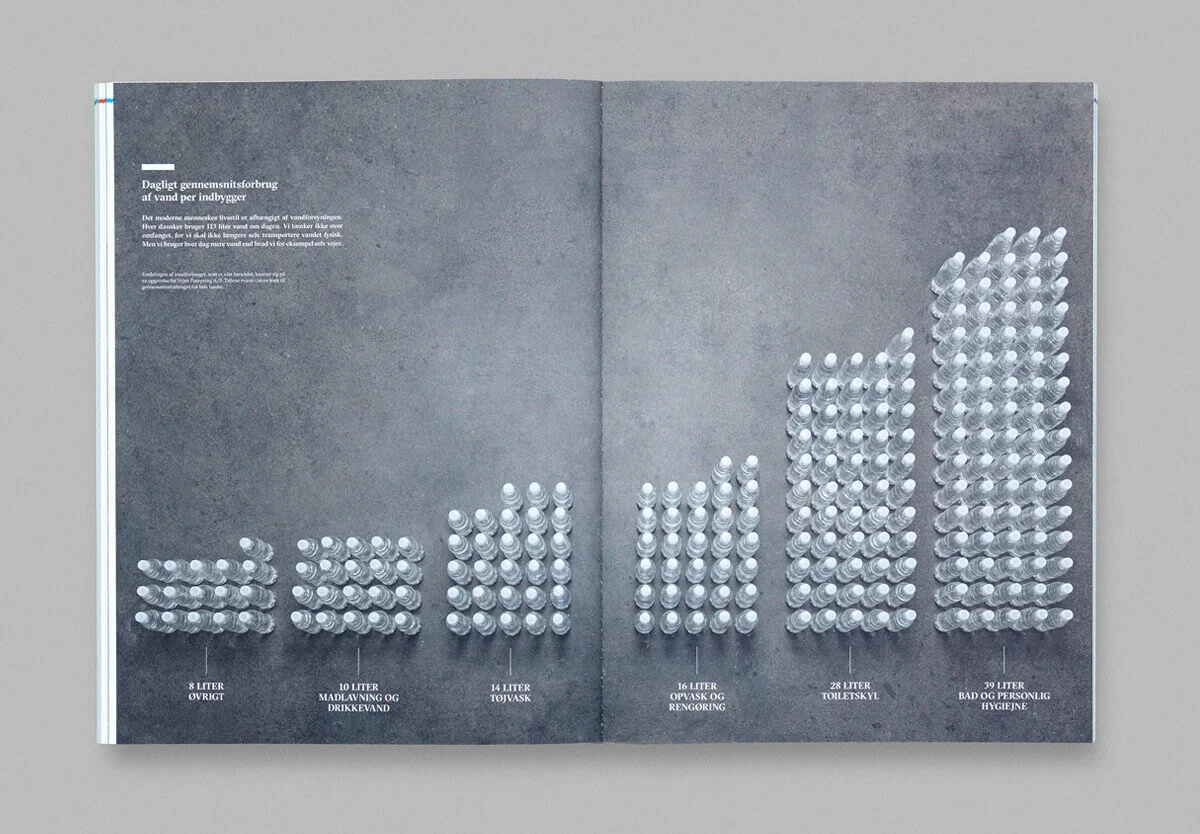Content marketing: show me, don't tell me
Content marketing is a major focus for service and product businesses. We discuss its editorial rather than advertorial focus, and review two international examples.
Content marketing – also called brand or corporate storytelling – is a style of communication that aims to be helpful, inspiring and/or entertaining. It still has 'sales' pages – About and Services pages, for example – but they use a more natural tone of voice with less sales-speak.
A general rule of thumb for today’s marketer is to create 80% helpful, inspiring, and/or entertaining content and only 20% promotional content. This would follow for your website, your social channels, and is impacting how we create printed company brochures. A good content writer will help you create the right style of copy for this purpose.
But even promotional pages need to be measured. Gone are the days when companies can talk themselves up without creating distrust. For example, if you are a business whose success is founded on strong customer relationships, it's not enough to say you are 'customer-centric' – you need to demonstrate it.
The content marketing approach to selling products and services is founded on building human relationships and trust. People will hire you because they like your approach, which they have learnt through your articles, blogs, posts, and case studies.
Think about being at a party and having someone exclaim ‘I’m an excellent chef.’ Would you take them at their word? Or would you be more convinced if they were handing around a delicious platter?
A good rule of thumb is to avoid writing statements that you wouldn't say in person – it's your authenticity test. I know you’re thinking over half your competitors are singing their own praises. But trust that people either wince at being promoted to, or that they simply don’t believe the hype.
Content marketing defined
‘Content marketing is a strategic marketing approach focused on creating and distributing valuable, relevant, and consistent content to attract and retain a clearly-defined audience – and, ultimately, to drive profitable customer action.’—The Content Marketing Institute.
‘Profitable customer action’ includes brand awareness; brand authority; lead generation; lead nurturing, and conversion; customer service; customer retention, loyalty, and upsell; and passionate repeat customers.
Content marketing – also called inbound marketing – utilises text, images, infographics, and video to communicate with a target audience. The platforms can be digital or print, and extend into events and programmes. A strategic content mapping process identifies what content is needed at each stage of the customer journey.
FREE CHECKLIST
Answer your customer’s questions at the right stage on the buyer journey with our content map.
The beauty of content marketing
What I love about content marketing is that it requires a very authentic and human approach. If you have a great product/market fit (or service/market fit), then you can create relevant and resonant stories for each of your target customers. Stories that fulfil a need, fix a problem, entertain or educate. Don’t tell them you’re a great chef. Show them.
Then distribute and promote your stories across the right media channels – paid, earned, shared, and owned. Do this consistently and authentically over the long term and navigate a cycle of publish–measure–review–adjust. Above all, keep listening to your customers, and adjust your content strategy accordingly.
At the heart of content marketing is how a business can genuinely help their client, rather than purely push their message, product or service. A huge benefit for the content marketer is that you will naturally attract qualified, engaged customers who have self-selected.
Here are two great overseas examples that illustrate how organisations can inspire and educate: Wealthsimple in North America and The Knowledge Centre for Housing Economics in Denmark.
Case study one:
A portfolio manager runs its own editorial columns
Wealthsimple is a personal investing service which runs its own magazine-style blog with themes such as Money Diaries, How To, or Dear Ms. Etiquette, where its writers explain how to handle sensitive financial questions.
This is content marketing at its finest. They have tapped into a number of powerful storytelling devices such as the engaging personal story, where the protagonist overcomes real life challenges, as well as that of the helpful ‘guide’. Extensive customer research found the pain points and needs of their target market. Wealthsimple then invested in premium editorial content to help their clients question and learn about new attitudes toward money and investing.
They distribute a few simple internal ads through the editorial articles – one of the components of their website’s promotional content (remember the 80–20 rule). Advertising on their own editorial pages is a clever and honest way to split out the promotional content from the helpful content.
Case study two:
Magazine format by a change agent
Denmark's Knowledge Centre for Housing Economics is a project established by the philanthropic foundation Realdania, who were tasked to create a better understanding of, and debate about, the problems and challenges facing the Danish housing economy. Their goal is to initiate and promote ideas and practical solutions that have the capacity to drive development and change.
To get their message out, they commissioned the creative agency Designit to produce a series of three printed publications entitled Det Byggede Danmark (Built Denmark), which transforms raw statistical data and information into a series of insightful stories about the built environment. The content was further developed into an exhibition at the Danish Architecture Centre.
The book and exhibition ‘look at the built environment in terms of quantities and statistics rather than architecture and engineering and aesthetics,’ writes the Danish Design Review. ‘This is the hard and unforgiving but fascinating and crucial data about the built environment and about the infrastructure of everyday life – information that a country needs to make major planning decisions for the coming decades.’
The content created for the project is insightful and inspiring, and uses text, photography, infographics, and typography to bring its story to life.





